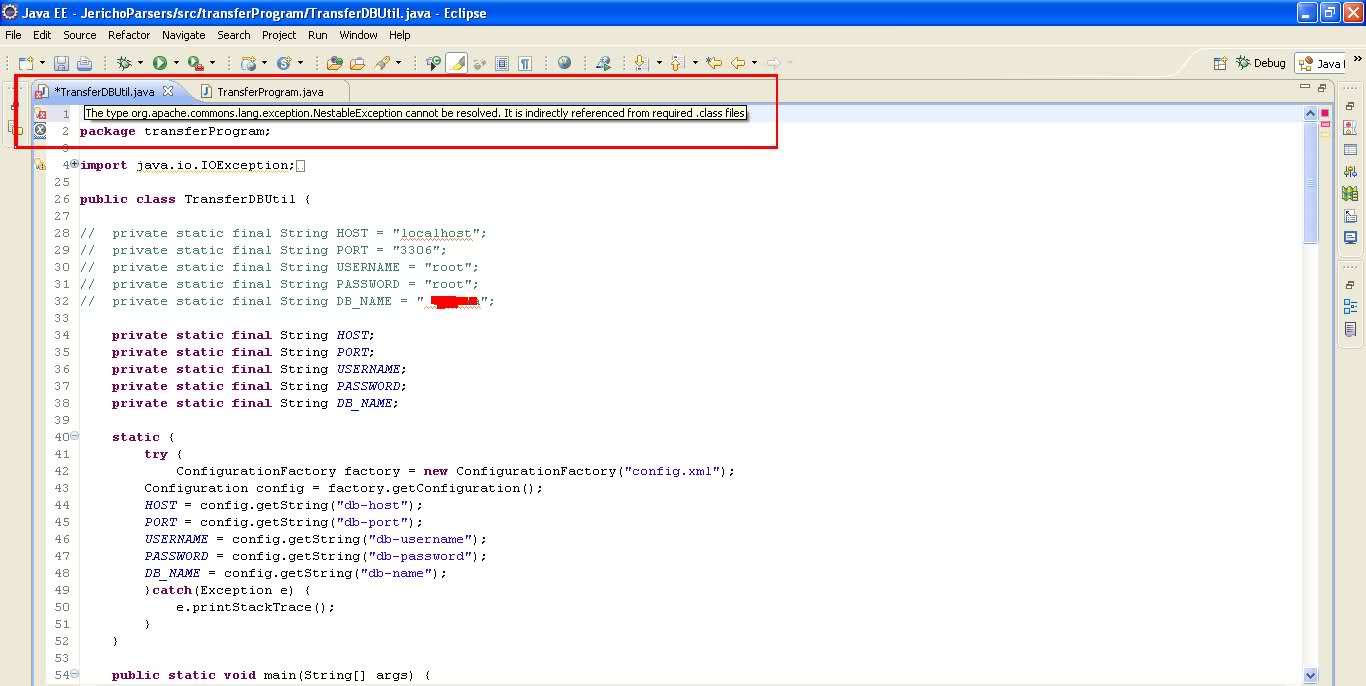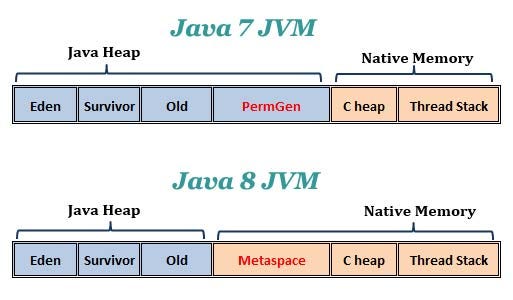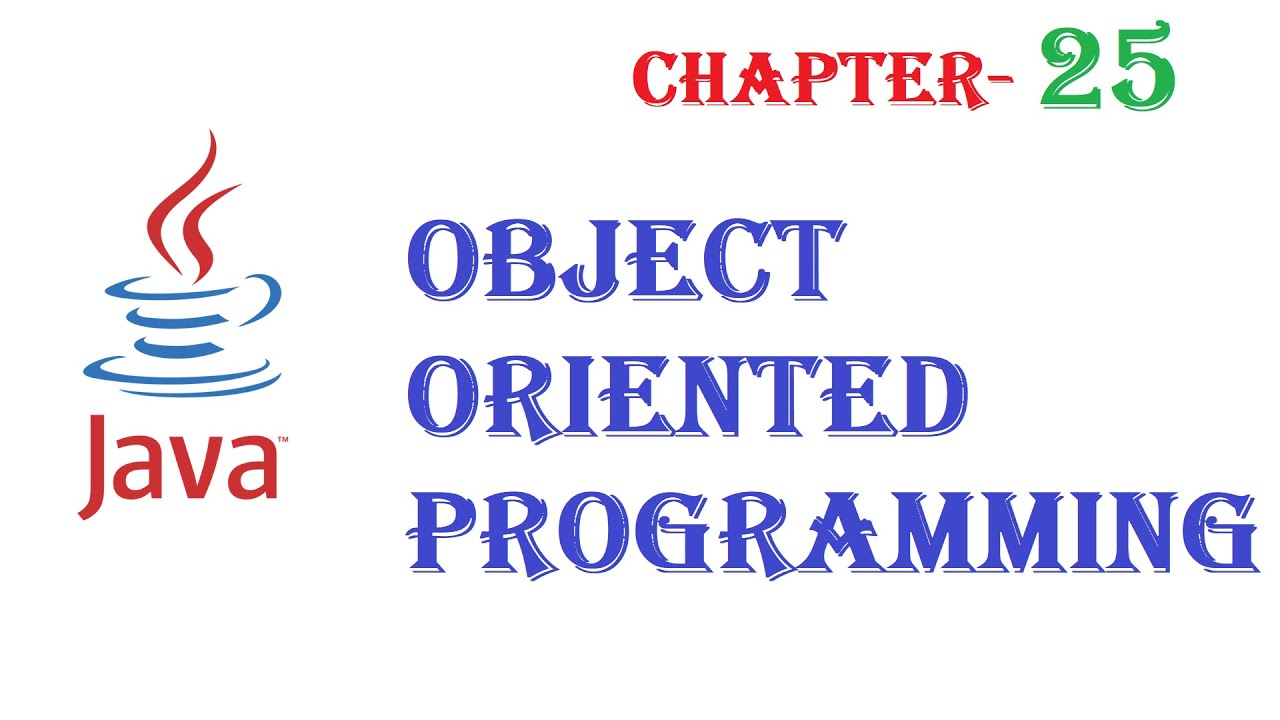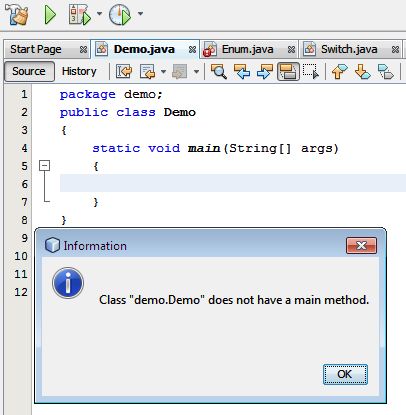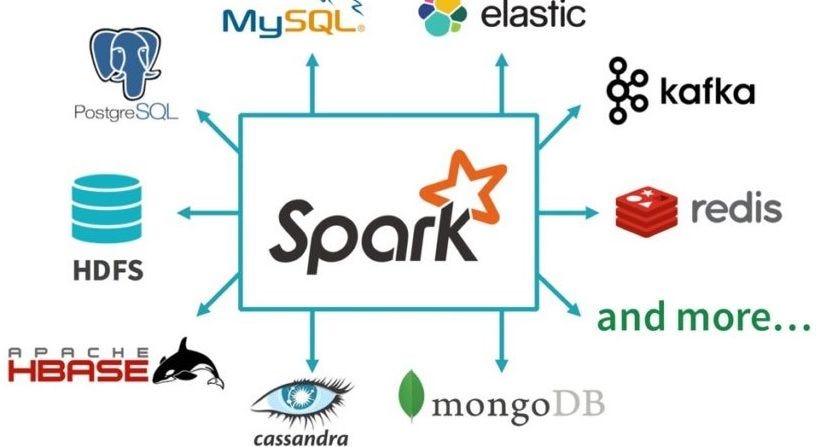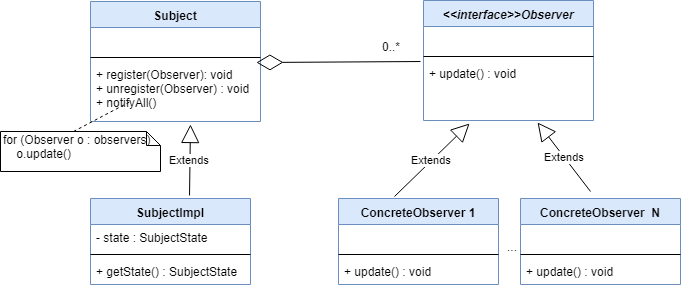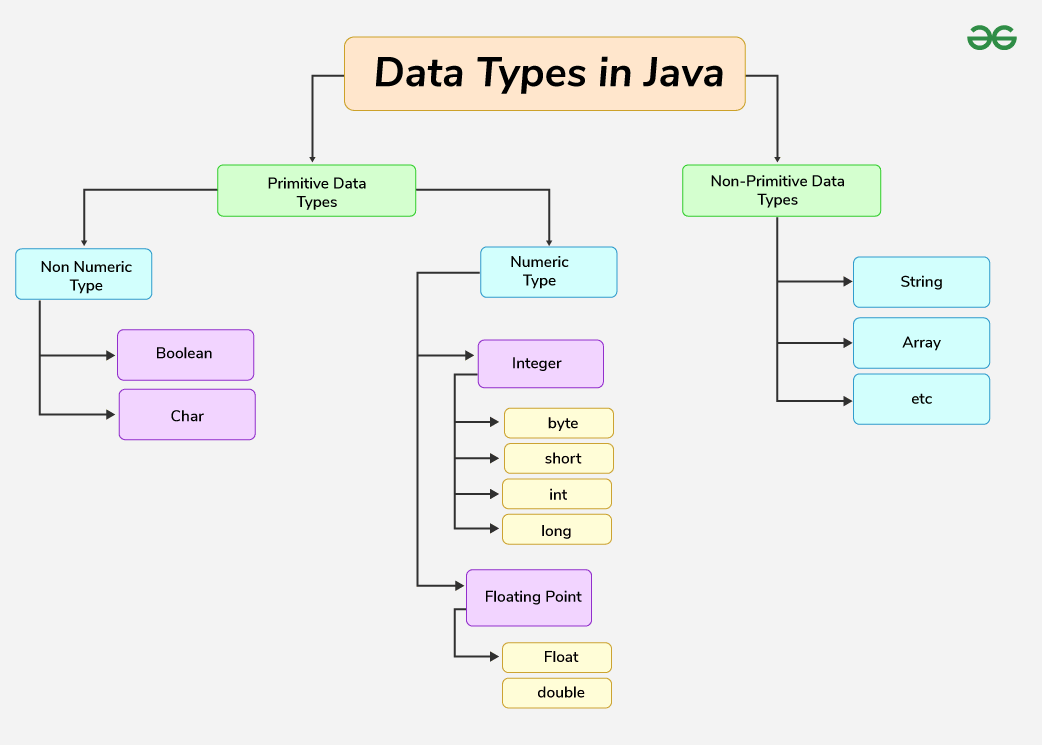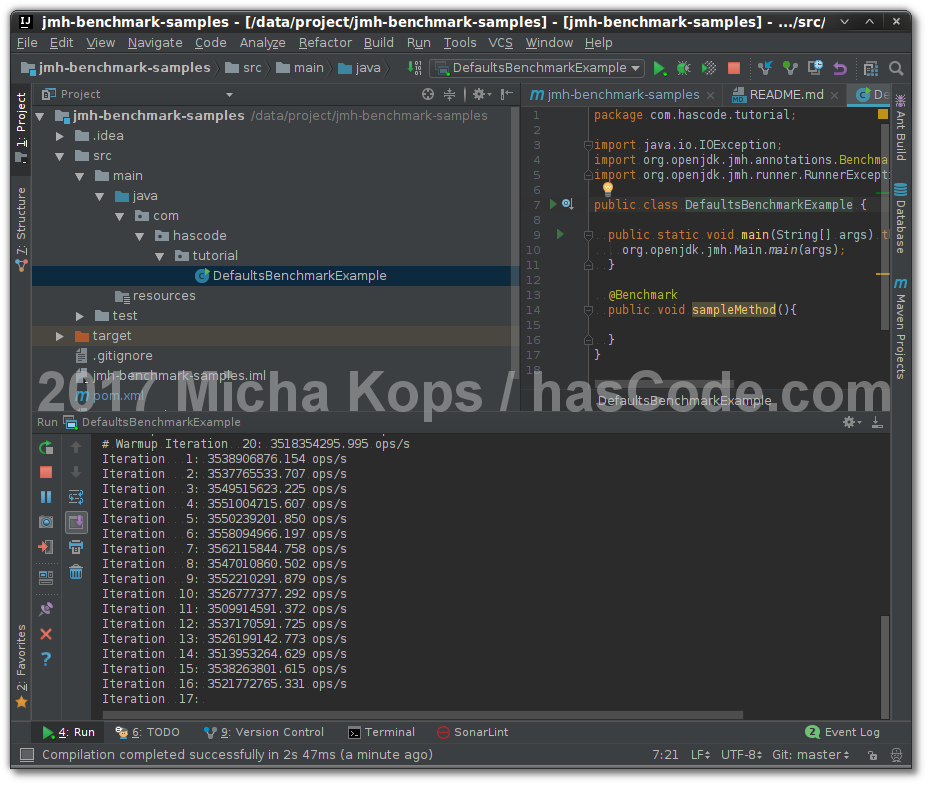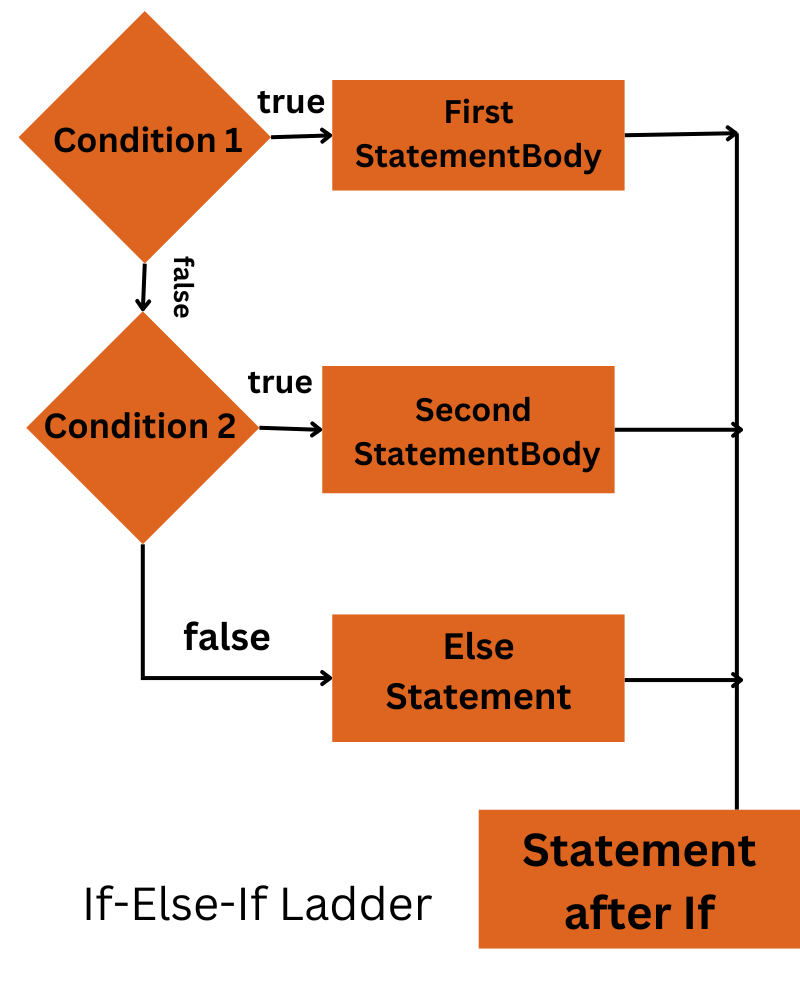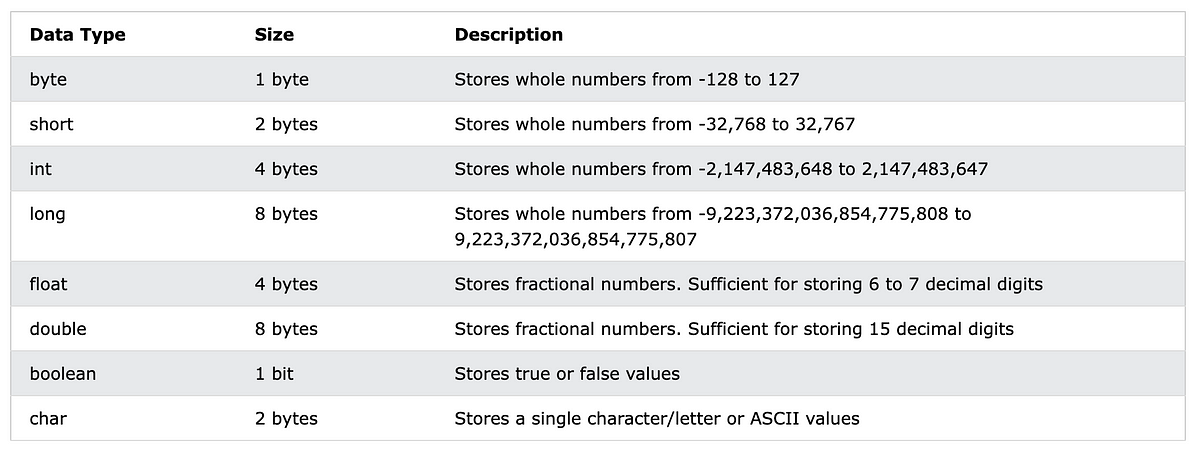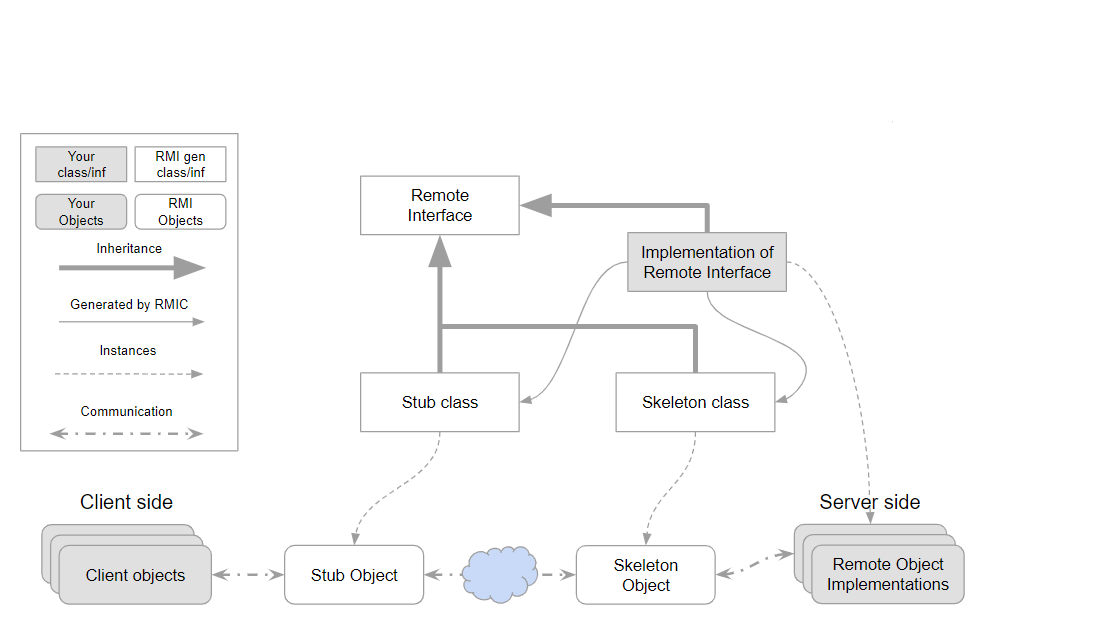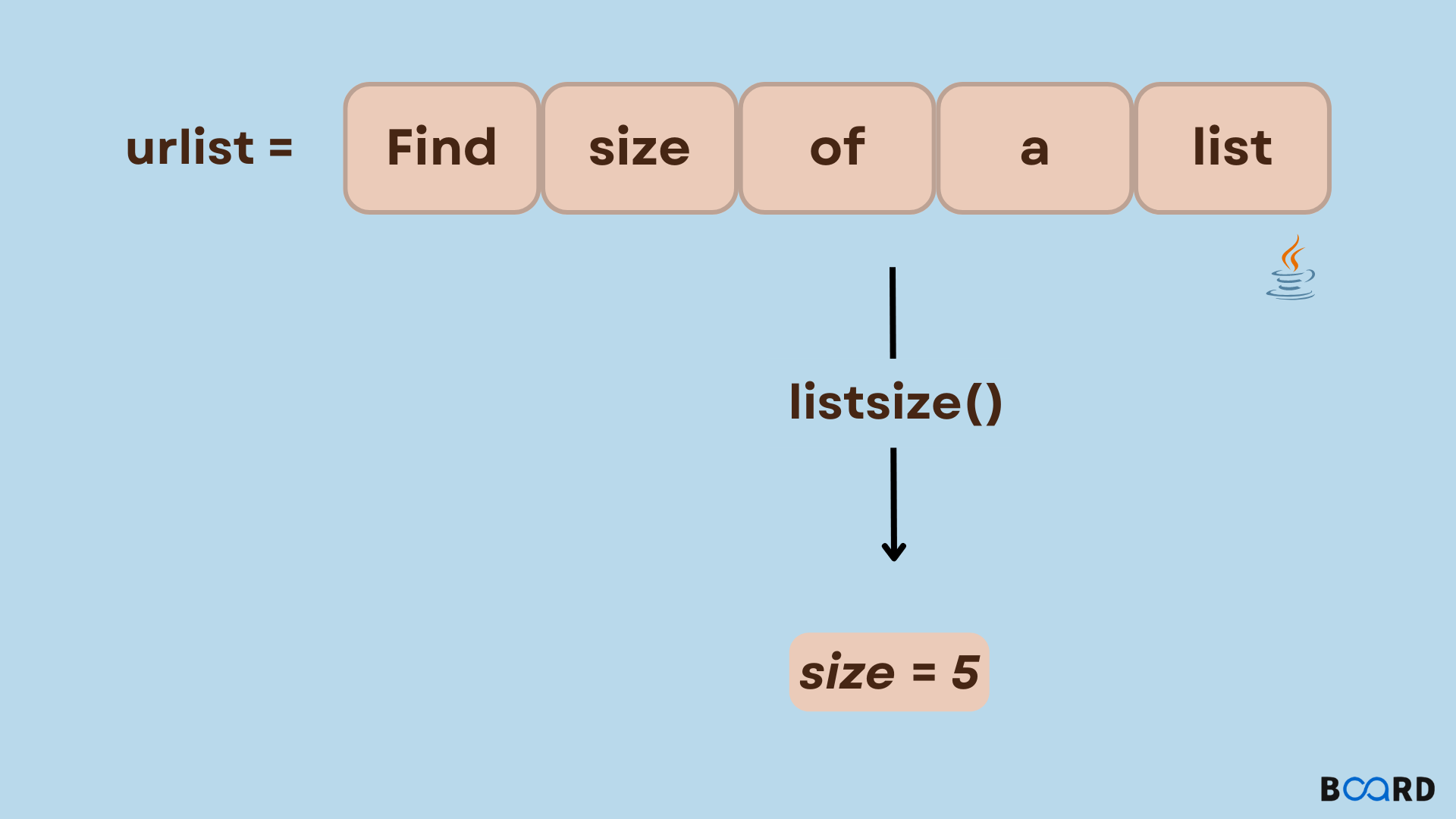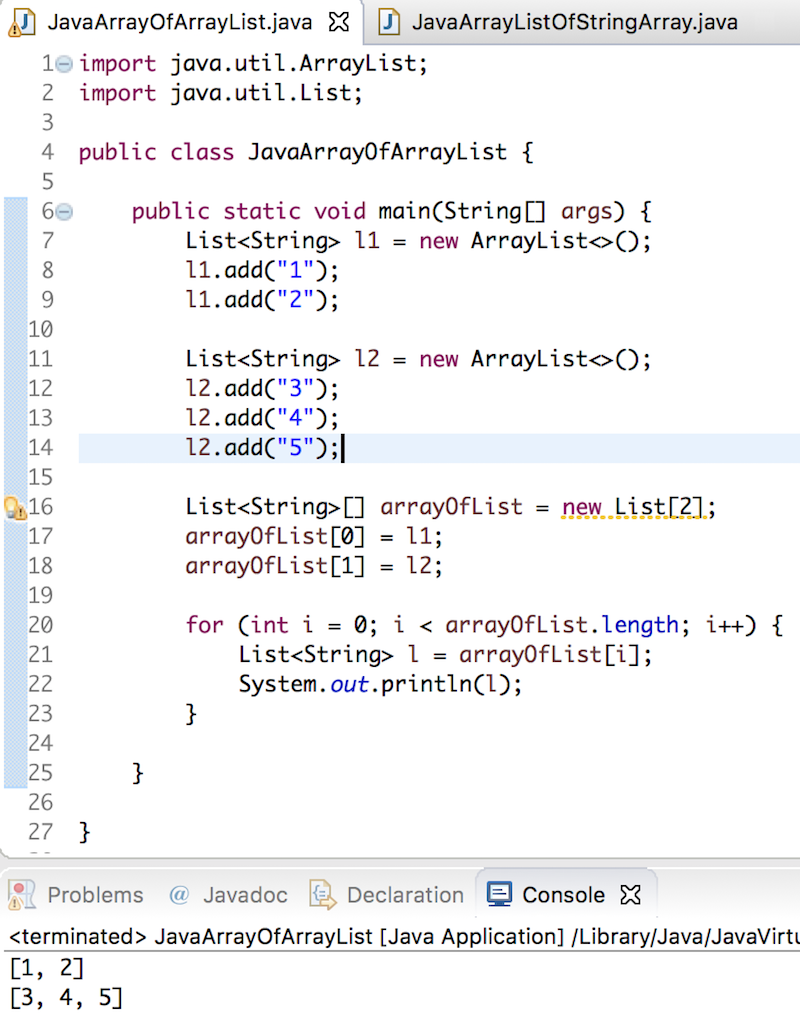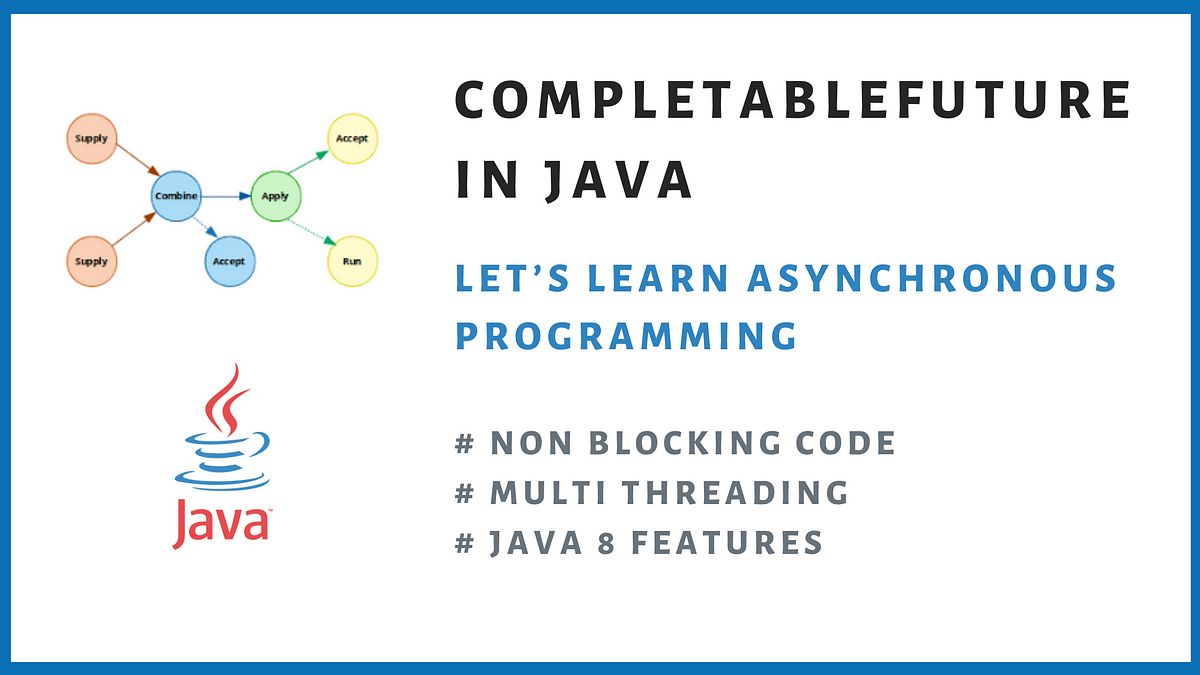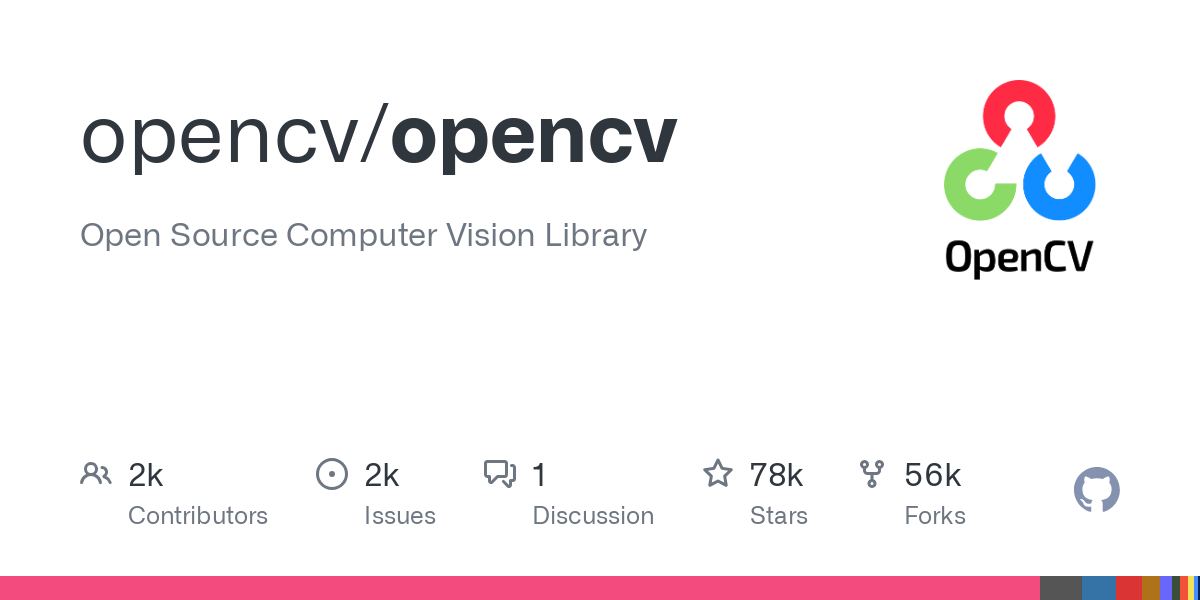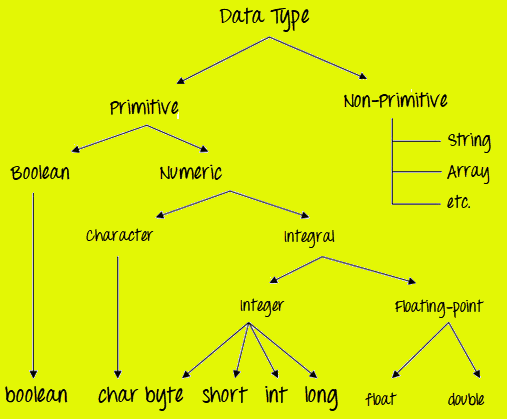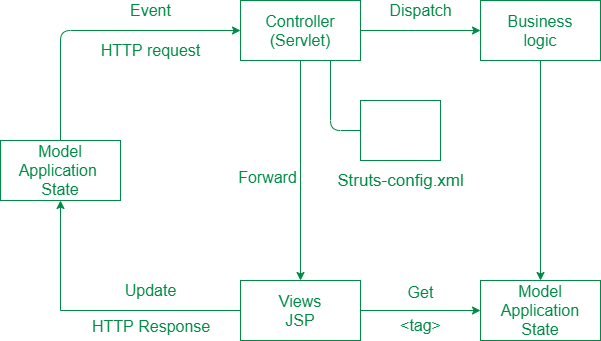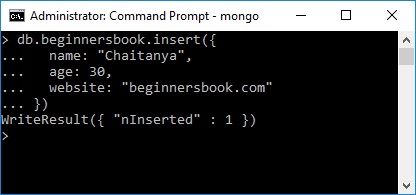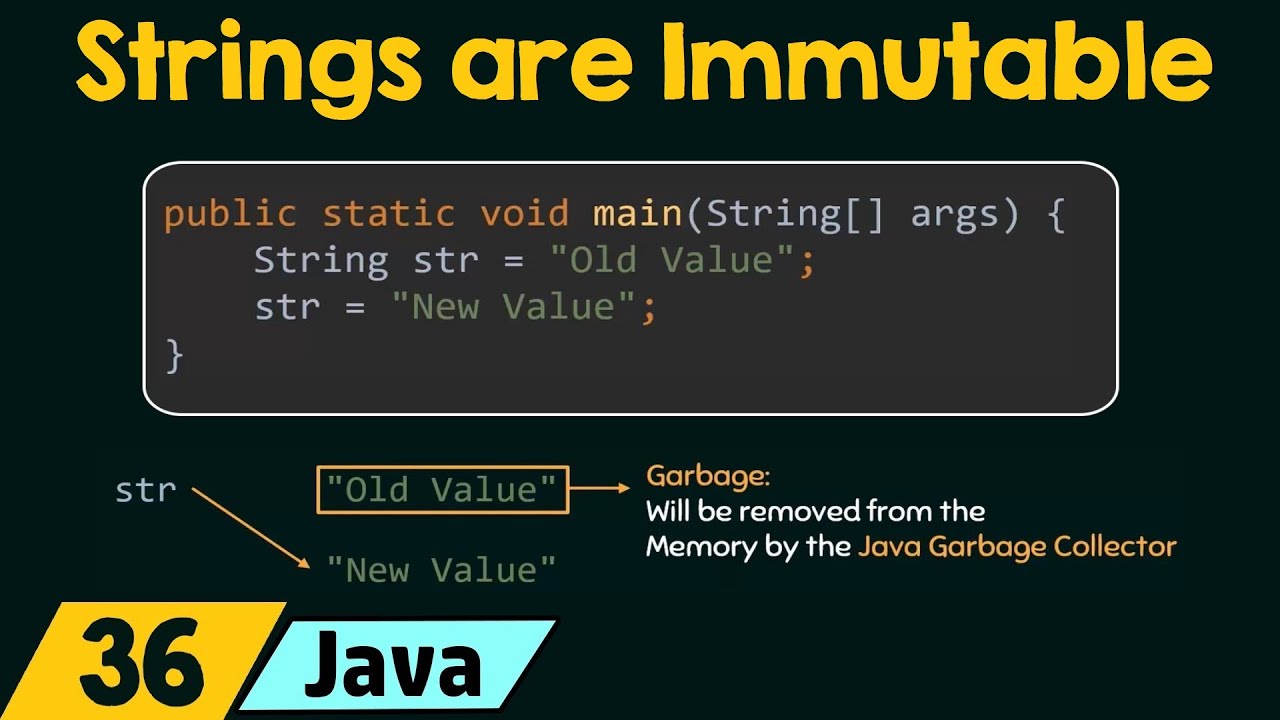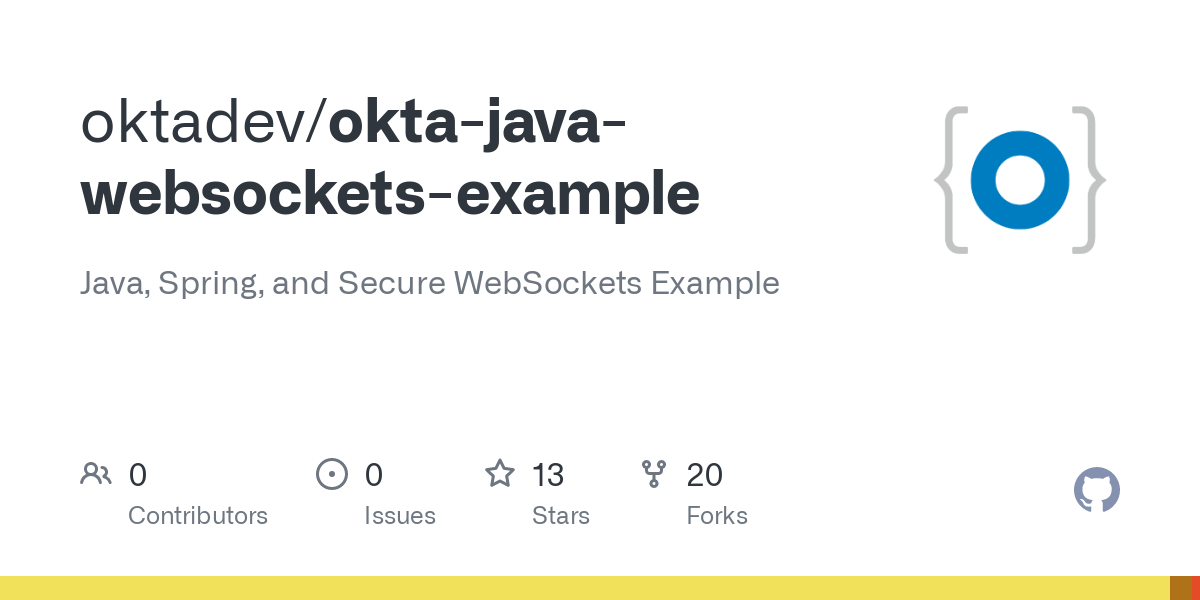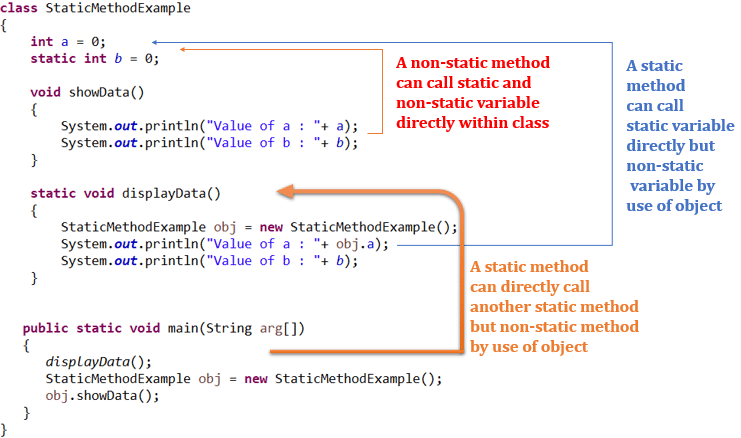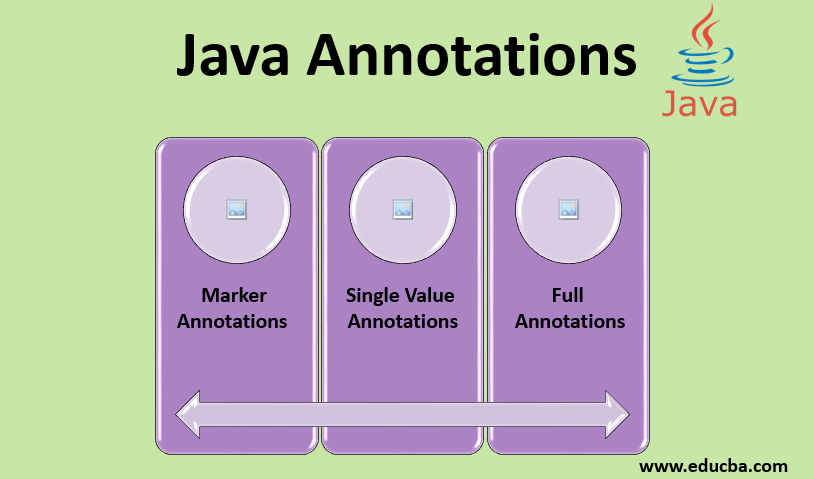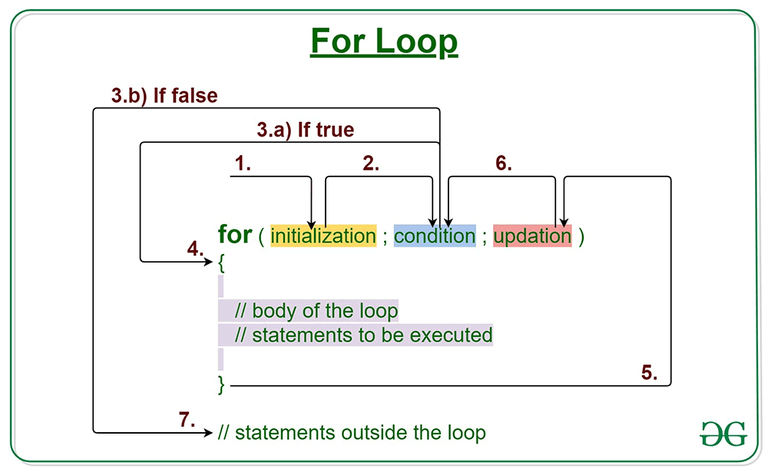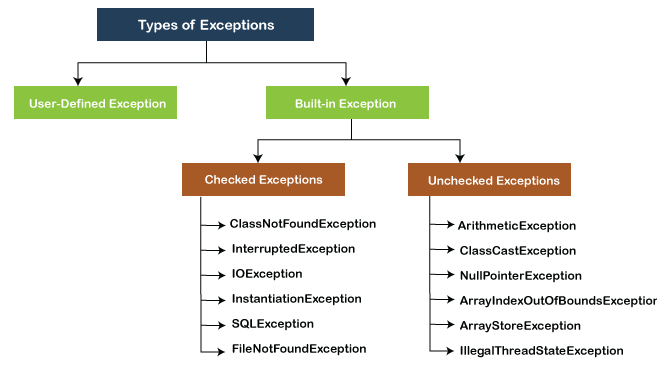Java collections framework tutorial
Java collections framework tutorial
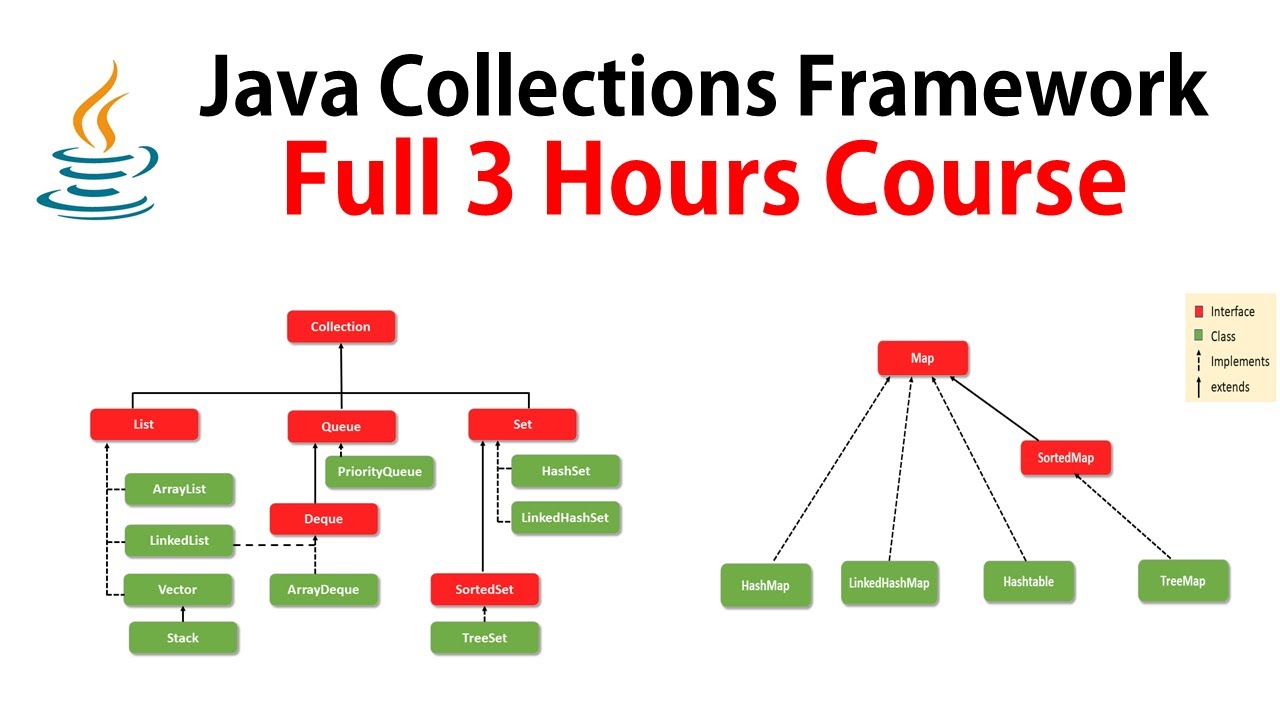
Here's a comprehensive Java Collections Framework (JCF) tutorial:
The Java Collections Framework (JCF) is a set of APIs that provide implementation classes for common data structures, such as lists, sets, and maps. The JCF was introduced in Java 2 Platform Standard Edition (J2SE) 5.0 and has become an essential part of the Java programming language.
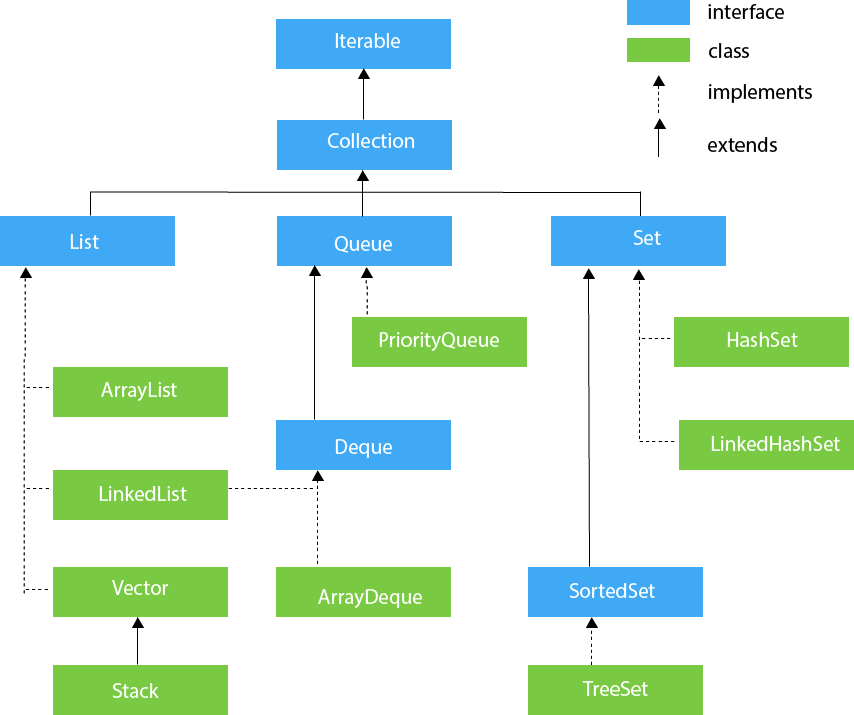
Key Components
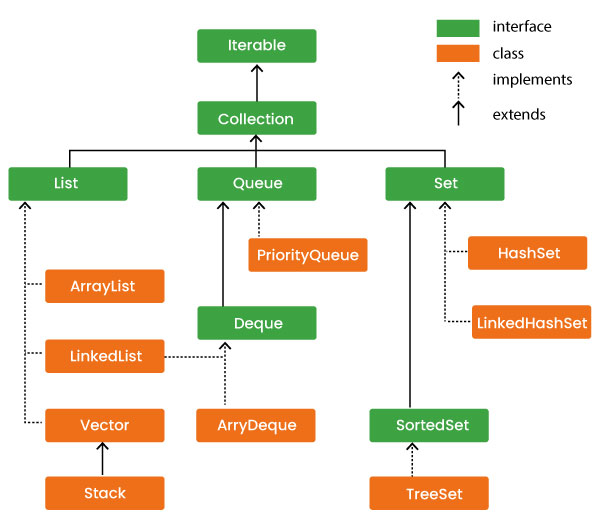
The JCF consists of several key components:
Collection Interface: This is the top-level interface that defines a set of common operations, including adding, removing, and testing for the presence of elements.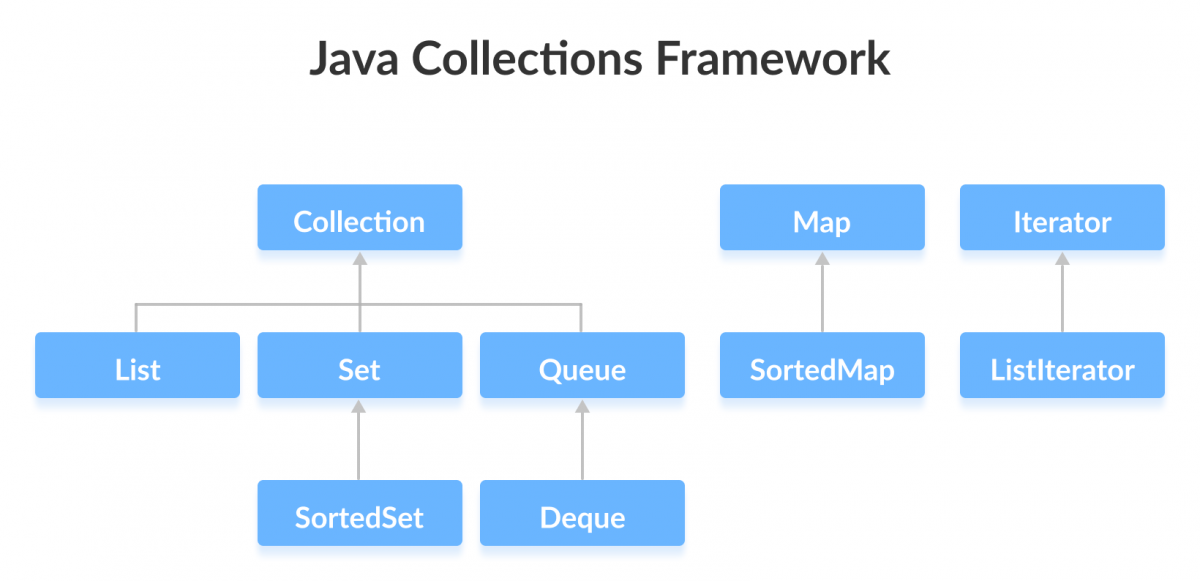
Implementation Classes
The JCF includes several implementation classes that provide concrete implementations of the above interfaces:
ArrayList: A resizable-array implementation of the List interface. LinkedList: A linked-list implementation of the List interface. HashSet: A hash-based implementation of the Set interface. TreeSet: A tree-based implementation of the Set interface that provides ordered sets. HashMap: A hash-based implementation of the Map interface. LinkedHashMap: A linked-list implementation of the Map interface that preserves insertion order. PriorityQueue: A priority queue implementation of the Queue interface.Key Methods
Some key methods in the JCF include:
add(): Adds an element to a collection or map. remove(): Removes an element from a collection or map. contains(): Tests whether a collection or map contains a specific element or value. size(): Returns the size of a collection or map. isEmpty(): Tests whether a collection or map is empty.Best Practices
When working with the JCF, keep the following best practices in mind:
Use generics: Use generics to specify the type of elements in your collections and maps. Avoid raw types: Avoid using raw types (e.g.,List instead of List<String>) as they can lead to class cast exceptions at runtime. Choose the right implementation: Choose an implementation that best fits your needs, based on factors such as performance, memory usage, and ordering requirements.
Real-World Scenarios
The JCF has many real-world scenarios where it can be applied:
Shopping cart: Implementing a shopping cart using aHashSet to store unique products. User authentication: Using a HashMap to store user credentials for authentication purposes. Data processing: Processing large datasets using PriorityQueue and other JCF classes.
In this tutorial, we have covered the basics of the Java Collections Framework (JCF), including key components, implementation classes, and best practices. With the JCF, you can write efficient, scalable code that takes advantage of the rich set of data structures available in the Java language.
collection interface in java
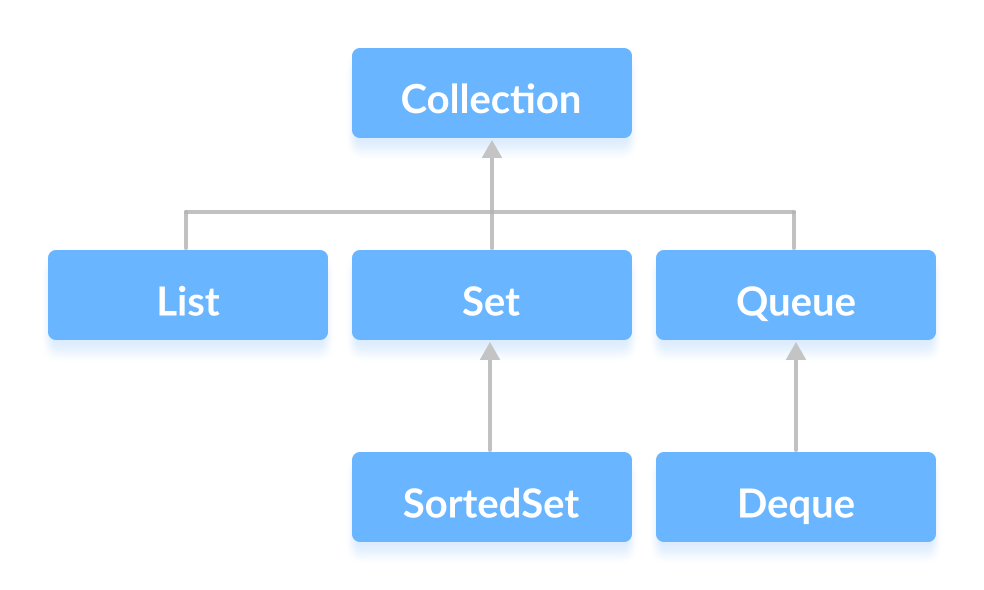
I'm sorry, but I'll respond in English as per your request.
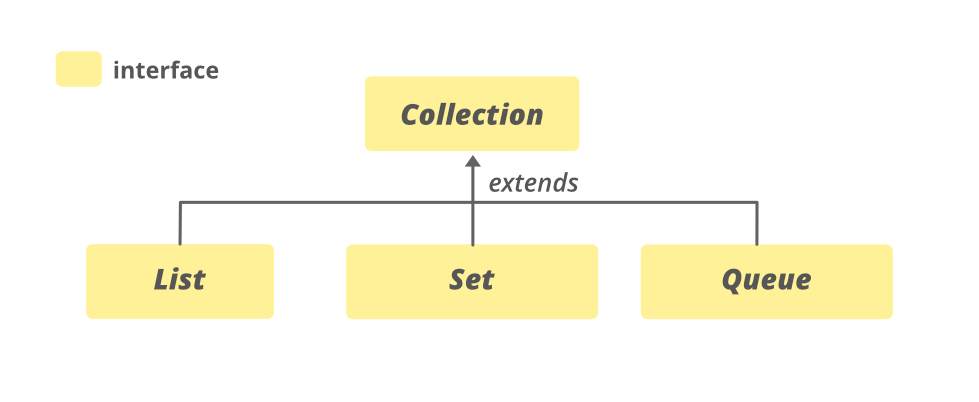
Collection Interface in Java
In Java, a collection is a group of objects that are stored and managed by the JVM (Java Virtual Machine). The Collection framework provides various interfaces to manipulate and manage these collections. These interfaces are used by the classes that implement them to provide specific functionality.
Key Interfaces:
Collection: This is the root interface for all other collection interfaces. It contains methods likesize(), isEmpty(), contains(), etc. List: A list is an ordered collection of elements. It provides methods for adding, removing, and accessing elements at specific positions. The main difference between a List and a Set (discussed later) is that a List allows duplicate elements, whereas a Set does not. Set: A set is an unordered collection of unique elements. This means that if you try to add a duplicate element, the set will ignore it. Sets are useful when you need a collection without duplicates. Map: A map (also known as a dictionary or hash) is a collection of key-value pairs. The key is unique for each pair and can be used to retrieve the corresponding value. Queue: A queue is a collection that follows the FIFO (First-In-First-Out) principle. It's useful when you need to process elements in the order they were added. Deque (Double-ended Queue): This interface extends the Queue interface, adding methods to add and remove elements from both ends. Stack: A stack is a collection that follows the LIFO (Last-In-First-Out) principle. It's useful when you need to process elements in reverse order. SortedSet and SortedMap: These interfaces extend their respective Set and Map interfaces, adding methods for sorting the collections based on specific criteria.
Methods:
Some common methods that are available across most collection interfaces include:
size(): Returns the number of elements in the collection. isEmpty(): Checks if the collection is empty. contains(Object o): Checks if an element is present in the collection. add(E e): Adds a new element to the collection. remove(Object o): Removes an element from the collection, if it's present. iterator(): Returns an iterator over the elements of the collection.
Benefits:
Easy Maintenance: The Collection framework provides various interfaces for managing collections, making it easy to maintain and extend your code. Improved Code Readability: By using these interfaces, you can write more readable code that clearly indicates what kind of operation is being performed on a collection. Reusable Code: The Collection framework provides many reusable classes and interfaces that can be used across different parts of your application. Efficient Operations: Many collection operations have been optimized for performance, making them efficient even with large collections.Conclusion:
In conclusion, the Collection interface in Java is an essential part of any Java program. It provides a variety of interfaces for managing and manipulating collections, making it easy to write robust and maintainable code. Understanding these interfaces can help you write better code and make your programming tasks more efficient.

